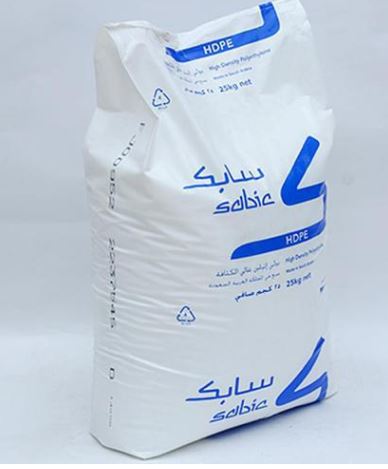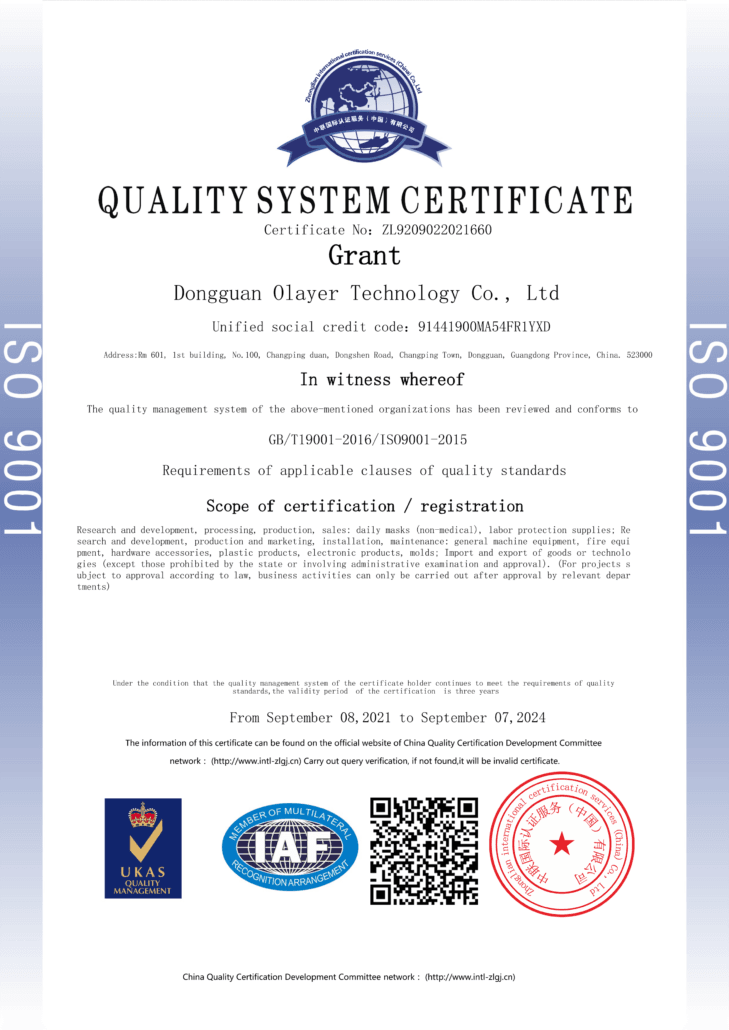Polyethylene (PE) Plastic Injection Molding
Polyethylene is used to produce plastic products by injection molding, extrusion, and thermoforming operations. Polyethylene injection molding part has toughness and stiffness and hence is used to produce hollow parts with rotational molding. It has many advantages such as chemical, electrical, and water resistance. However, it undergoes environmental stress cracking which gives brittle failure. Stress cracking resistance increases with decrease in density. Ductile failure occurs at very low temperature.
Although ductile failure occurs with PE, it is generally stable and undergoes photo oxidation. Polyethylene is the largest volume polymer used in the plastics industry due to the inexpensive nature of its ethylene monomers.
Polyethylene (PE) is a homopolymer of ethylene or copolymers of ethylene with other monomer contents. It is described by its density.
Normally polyethylene is insoluble in all solvents. It is also resistant to being soluble in polar solvents, vegetable oils, water, alkalis and most concentrated acid including hydrofluoric acid (HF) at room temperature.
Low density polyethylene (LDPE)
LDPE is soft, flexible, and unbreakable. LDPE is a most useful and widely used plastic especially in dispensing bottles or wash bottles.
LDPE is ideally suited for a wide range of molded laboratory apparatus including wash bottles, pipette washing equipment, general purpose tubing, bags, and small tanks.
Low density polyethylene will dissolve slowly above 50°C in hydrocarbons, chlorinated hydrocarbons 1291, higher aliphatic esters, and aliphatic ketones.
High density polyethylene (HDPE)
HDPE material has balanced mechanical properties with good chemical resistance. It has better barrier properties against gases and vapors. It is also harder and stiffer. The structure of HDPE is described as semi-crystalline. LDPE is soft and flexible. High density polyethylene has been identified as a primary material for solid waste minimization and recycling in blow molding.
As the molecular weight, crystalline structure, and density change from the effect of multiple extrusion passes, environ mental stress crack resistance (ESCR) also changes. This property is particularly important to HDPE blow molding resins because changes in ESCR could have an effect on the shelf life of a bottler and on the type of fluids it can contain. The definition of ESCR is given as the promotion of cracking in the presence of an environment and a stress [34]. While the mechanism of environmental stress cracking (ESC) is not clearly Polyethylene is used in rotomolding because of its good thermal stability, mechanical properties, and processing nature.
HDPE injection molding combines low cost, excellent process ability, outstanding resistance to many chemicals, and good toughness. HDPE also offers outstanding processing flexibility, affording, for example, the ability to mold-in features such as handles and threads. Polyethylene can be differentiated by differential scanning calorimeter (DSC).
If you are looking for some of HDPE injection molding service, please contact us.
SABIC HDPE Technical Data Product Description
M80064S is a UV stabilized, High Density Polyethylene injection molding grade with a narrow molecular weight distribution. It is typically used for injection molding applications where rigidity, toughness and warp resistance are required. Typical moulding conditions for SABIC® HDPE M80064S are: This product is not intended for and must not be used in any pharmaceutical/medical applications.
General
Material Status • Commercial: Active
Availability • Africa & Middle East
- Asia Pacific
- Europe
- Latin America
- North America
| Physical | Nominal Value (English) | Nominal Value (SI) | Test Method |
| Density 2 | 0.964 g/cm³ | 0.964 g/cm³ | ASTM D1505 |
| Melt Mass-Flow Rate (MFR) (190°C/2.16 kg) | 8.0 g/10 min | 8.0 g/10 min | ASTM D1238 |
| Environmental Stress-Cracking Resistance (ESCR) | ASTM D1693B | ||
| 10% Igepal, F50 | 2.00 hr | 2.00 hr | |
| 100% Igepal, Compression Molded, F50 | 3.00 hr | 3.00 hr | |
| Mechanical | Nominal Value (English) | Nominal Value (SI) | Test Method |
| Tensile Modulus – 1% Secant (Injection Molded) | 138000 psi | 950 MPa | ASTM D638 |
| Tensile Strength | ASTM D638 | ||
| Yield | 3770 psi | 26.0 MPa | |
| Break | 2610 psi | 18.0 MPa | |
| Tensile Elongation (Break) | > 800 % | > 800 % | ASTM D638 |
| Flexural Modulus | 239000 psi | 1650 MPa | ASTM D790 |
| Flexural Strength | 6090 psi | 42.0 MPa | ASTM D790 |
| Impact | Nominal Value (English) | Nominal Value (SI) | Test Method |
| Unnotched Izod Impact | 1.4 ft·lb/in | 75 J/m | ASTM D4812 |
| Hardness | Nominal Value (English) | Nominal Value (SI) | Test Method |
| Durometer Hardness (Shore D) | 62 | 62 | ASTM D2240 |
| Thermal | Nominal Value (English) | Nominal Value (SI) | Test Method |
| Brittleness Temperature | < -103 °F | < -75.0 °C | ASTM D746 |
| Vicat Softening Temperature | 257 °F | 125 °C | ASTM D1525 |



